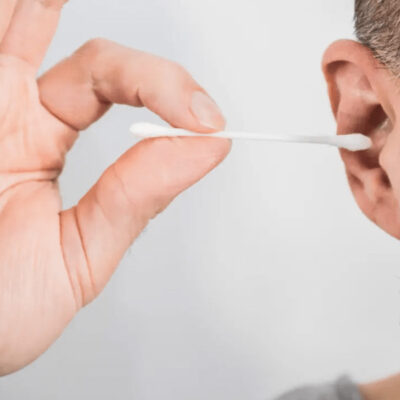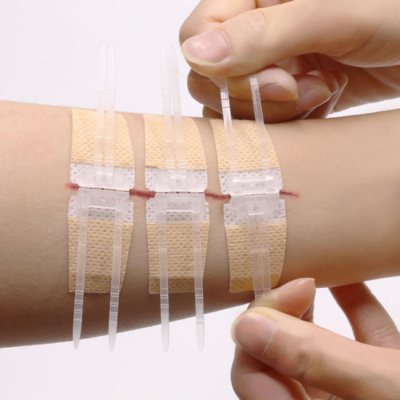Childhood is a critical stage in the development of eyesight. If a child develops any issue during this time, it’s easy to detect them. The signs of eye issues can range from somewhat noticeable to more subtle in children’s eyes. It is crucial to see and handle problems early on while they grow. Therefore, undergo routine screenings with a pediatric ophthalmologist to safeguard your child’s eyesight.
We’ll review the signs and symptoms of some of the most common childhood vision impairments like eyes muscle weakness (กล้ามเนื้อหนังตาอ่อนแรง, which is the term in Thai) to help children with these issues.
Big Pupils
When compared to adults, children often have larger pupils. Larger pupils are familiar in children with light-colored eyes.
Young eyes should react to bright light from sunlight or a light bulb. Several medications can also influence the size of the pupil. You should take your child to a pediatric ophthalmologist if you notice a persistent difference in the size of their pupils or if you have any concerns regarding their sensitivity to light.
Amblyopia
Amblyopia is often called lazy eye. It is a disorder in which the brain’s visual cortex does not grow regularly. It prevents one or both eyes from reaching normal visual development. As a result, they get eyes muscle weakness, which can cause vision problems in the future. Treatment for amblyopia is usually effective if caught early. Some options for treating amblyopia include corrective lenses, patches, eye medications, and surgery.
Blocked Tear Duct
An epiphora frequently causes excessive watering of the eyes. It usually goes away by the time they are a year old. It happens when the duct that carries tears from your eyes to your nose gets clogged. Combining eye medications to dilate the tear sac and gentle massage can alleviate the symptoms.
Double Vision
A child can experience double vision or diplopia when the eyes aren’t correctly aligned. You can move the object horizontally, vertically, or diagonally. If you notice double vision, book a consultation call with the doctor. Options for correcting it include strabismus surgery or prism glasses.
Finale Takeaway
Talk to your child’s doctor about the specific visual concerns if you detect any signs immediately. It is essential to not delay in diagnosing eye disorders in children because, in most cases, they have a good chance of recovering if caught early.






